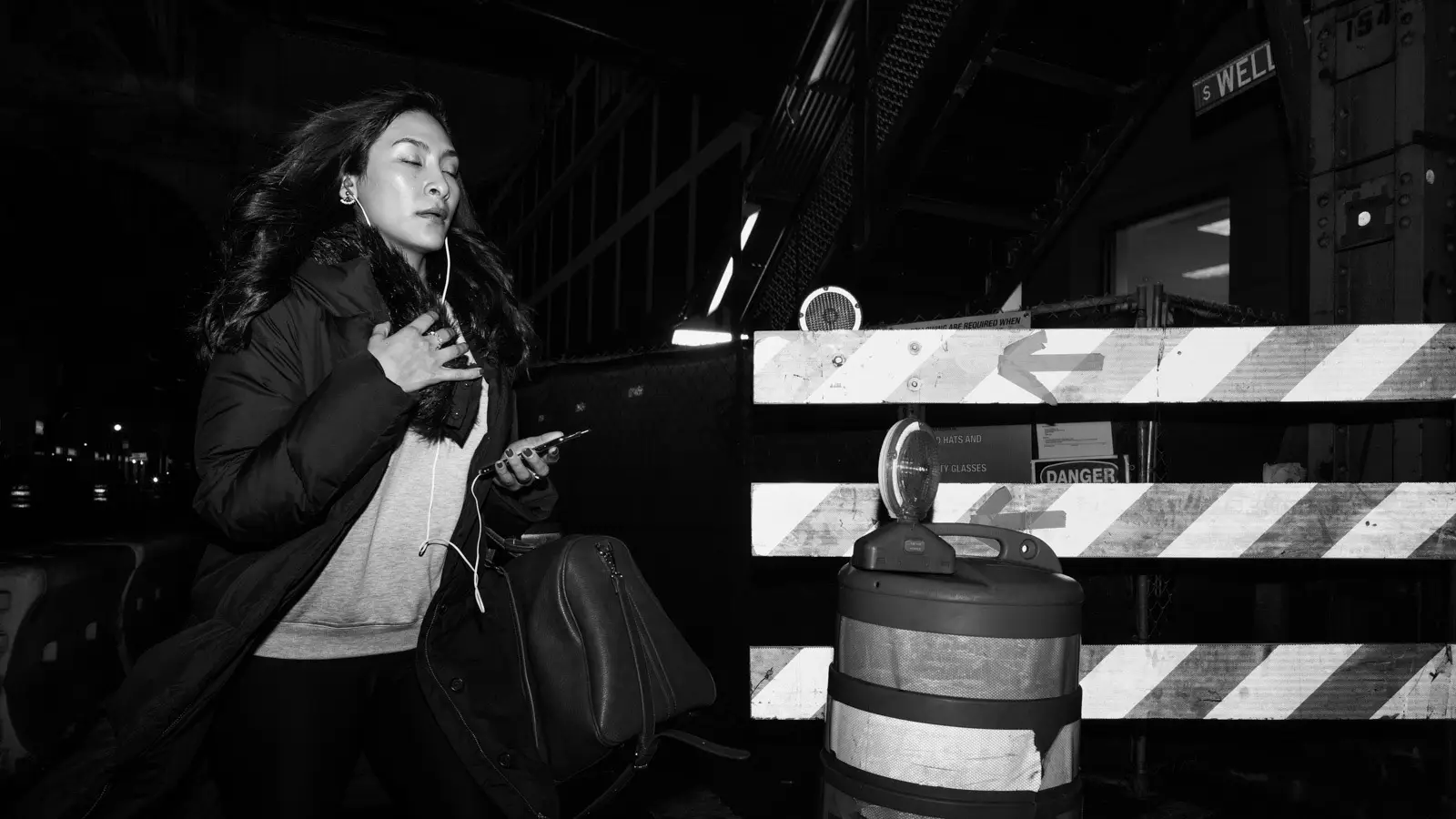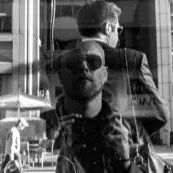Nan Goldin
The disappearing memory of her deceased sister inspired Nan Goldin to begin to take pictures. Vivid colors, capturing the true essence of her subjects, and slide shows both helped Goldin’s pictures gain international recognition in the art world.
The Molding of Nan Goldin
Nan Goldin was born in Washington, D.C. on Sept. 12, 1953 and was raised in Maryland. When she was only 14 years old, Goldin’s older sister, Barbara Holly Goldin, committed suicide by laying down on train tracks.
Disturbed by her sister’s suicide and afraid that she would find a similar fate if she stayed with her oppressive, middle class family, Goldin ran away from home and spent the following years in a series of foster homes.
Nan’s friends became her surrogate family, eventually inspiring and becoming the subjects of her photography.
Keeping Others Alive Through Photographs
While attending Satya Community School, an alternative school in Massachusetts, Nan Goldin met David Armstrong and Suzanne Fletcher, two people who would become an important part of her life and work.
As Nan Goldin realized that details of her sister were beginning to fade from her memory, she started photographing the people in her life as a way to preserve her friends’ roles in Goldin’s own life.
At this point, Goldin, Armstrong and Fletcher used Goldin’s photography as a chance to reinvent themselves. The three friends would dress up for each other, many times in drag, with Goldin taking pictures. Goldin reinforced the idea of drag as a mode of reinventing oneself by photographing her subjects in full drag and during the preparation. Her pictures offered a nonjudgmental, vivid look at her subjects.
Goldin’s Accidental Discovery of Color
In her early photographs, Goldin used black and white film exclusively, primarily lighting her subjects with whatever available light source she could find. Her style evolved while she was attending the Boston School of Fine Arts.
According to Goldin, she first used color film by accident, thinking she had placed a roll of black and white film in the camera that turned out to be a color roll. At this point, Goldin began to experiment with the use of color and replaced natural light with a flash.
The “Goldin Look”
Goldin’s use of color film and her careful illumination of her subjects with flash allow her to capture vibrant colors. The bright, deep hues of her photographs are further enhanced by her development technique. By using a photographic process called Cibachrome, Goldin creates her prints from slides, rather than negatives. Not only does the Cibachrome processing lend her photos garish, bright colors, but it also enhances the texture of colors and lines.
In addition to this sharp, bright quality of her photographs, Nan Goldin’s style is also recognized for its raw and intimate qualities. Whether she is capturing herself, friends, lovers, drug addicts or drag queens, Goldin’s photos have a snapshot aesthetic that instantly acquaints and makes the viewer familiar with the subject.
By documenting the lives of her subjects, she, in turn, captures scenes from her own life. Her photographs offer an honest, intimate glimpse at both her subjects and herself.
The Notable Works of Nan Goldin
While Goldin has numerous individual photographs that are noteworthy, her collections are her most popular works. The Ballad of Sexual Dependency, a 50-minute slideshow of her work put to music, is one such famous collection. With about 700 slides that have been updated since its first showing in 1980 at Mudd Club in New York The Ballad of Sexual Dependency contains photographs from 1973 through 1989. These photos depict Goldin’s ideas regarding relationships between couples of all types, as well as the various ways that men and women construct their gender roles.
The Ballad of Sexual Dependency was also published as a book in 1986. The photograph on the cover of the book, Nan and Brian in Bed (1983), depicts Goldin lying in bed, looking at Brian, her lover, as he sits naked at the end of the bed smoking a cigarette. Nan Goldin’s use of color, as well as the body language of each subject, captures the feeling of a dying relationship.
The Cookie Portfolio (1976–1989) is another important collection. It chronicles Goldin’s friendship with Cookie Mueller through 15 photographs, ranging from parties when the two first met in 1976 through Cookie’s funeral in 1989. Cookie Mueller was one of the many friends that Goldin lost to the AIDS epidemic.
Where Life Has Taken Nan Goldin
Nan Goldin now lives in Paris and London. While she still shows her work, a hand injury she got in 2002 has seriously hampered the production of new pieces.
Although her life has seen hard times, from her sister’s suicide to battling a drug addiction, Goldin has reveled in the recognition of her photography as artwork.
Nan Goldin has received a number of accolades, including:
- a grant from the National Endowment for the Arts
- exhibitions of her art in international galleries and museums
- the Maine Photographic Workshop Book Award for “Documentary Book of the Year”
- the Mother Jones “Photography Award.”



